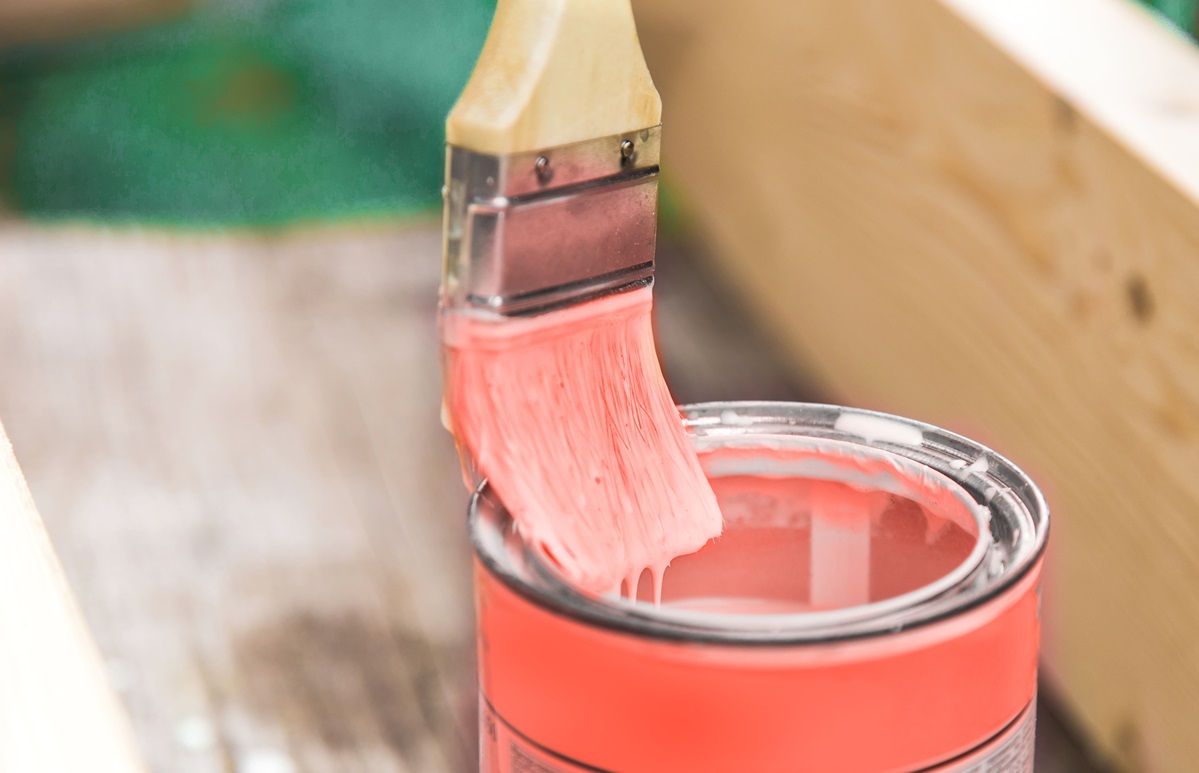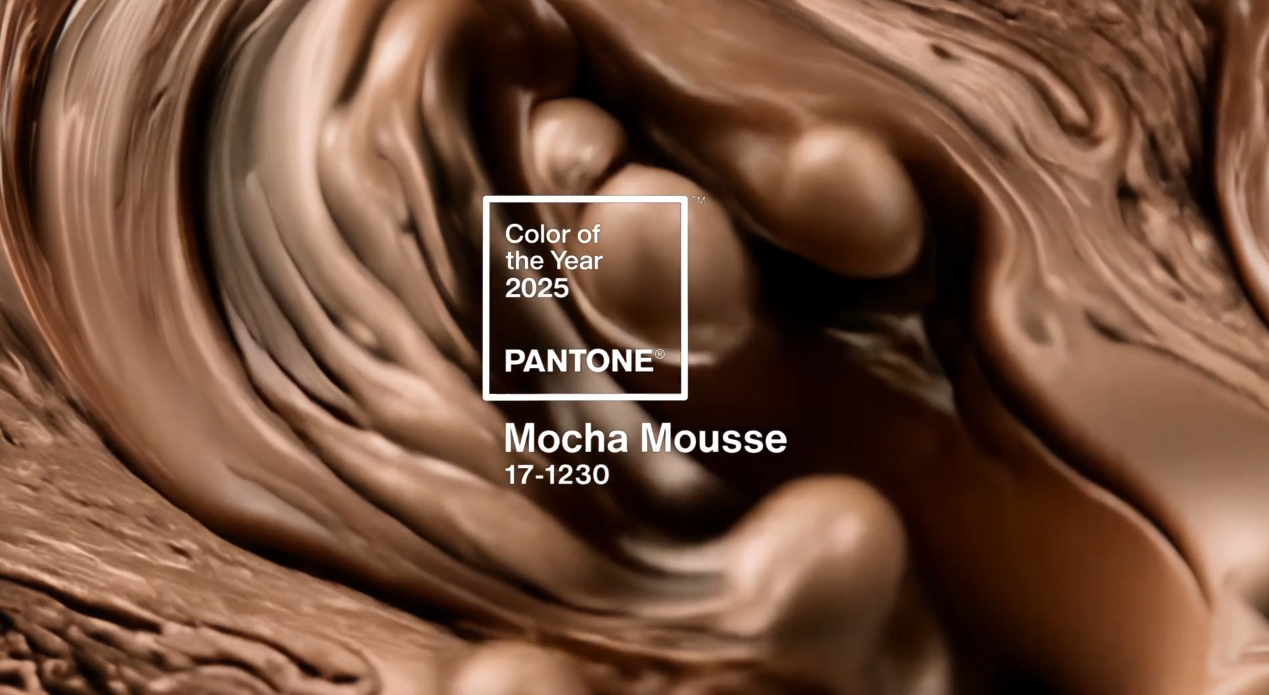It’s possible that you recently painted your walls as a Sydney homeowner, and while they look fantastic, you’re now noticing drip marks. It must be a mystery to you. Most likely, it might be a sign of surfactant leaching. However, what is surfactant leaching?
It is best defined as soapy, oily, sticky, or streaky areas, or possibly glossy ones, that show up on freshly painted surfaces, usually in the first few weeks after application. The leached substance may be nearly transparent (shown as glossy patches on the paint surface), whitish (translucent), or on hues like tan, brown, or orange.
Known as “surface-active agents,” surfactants are chemicals added to paint during pigmentation dispersion to improve stability and enable consistent paint application. Usually, surfactants either dry off as the paint dries or seal into the paint. The compounds only rise or leach to the paint’s surface in an uneven film that may appear glossy or greasy under particularly cold, damp or steamy drying conditions.
What are the causes of surfactant leaching?
In general, there are a few common causes of surfactant leaching-
- It’s vital to remember that latex paints contain surfactants that enable their application. If applied in locations where uncured latex paint comes into contact with moisture (rain, dew, showers, laundry rooms, etc.), all latex paints may display this tendency to some degree.
- Cooler temperatures are another factor. They will slow down the paint’s curing process, which will allow surfactants to separate out and float to the top of the coating. That’s why if you hire a professional house painter in Sydney, they will always check for the ideal weather before painting.
- It’s possible that fresh latex paint gets wet, which slows down the drying process. Various water-soluble materials within the paint may be extracted and concentrated onto the paint surface by this moisture.
How do we solve this issue?
In some instances, the water-soluble substance can be readily rinsed off if the issue arises within the first day following painting. Fortunately, even the most stubborn cases usually go away in about a month. In most cases, surfactant leaching on external surfaces will weather off without intervention in about a month. If the surfactant leaching occurs within the first few days of the paint being applied, blotches or stains can typically be removed with an intense spray of water from a garden hose. Even the most stubborn leaching will disappear after a month of normal weathering.
Using a sponge or very soft cloth and a mild soapy solution, then thoroughly rinsing with clean water, the leached material can be easily removed from interior surfaces within a week. Just make sure you allow the paint film to cure and harden beforehand. The soft or uncured paint film must be cleaned carefully to avoid damaging it. In extreme circumstances, surfactant leaching might resurface once or twice before the surfactant is completely eliminated. By washing in the same way as previously mentioned, the effect will become less obvious each time.
Easy prevention tips for surfactant leaching
If cool, humid, or damp conditions are anticipated, or if temperatures below 50º are predicted during the evening or overnight, do not paint exterior surfaces in the later hours of the day to avoid surfactant leaching.
Another essential step to stop the issue would be before washing or exposing the freshly painted surfaces in bathrooms, kitchens, and laundry rooms to steam, condensation, or excessive humidity, letting them completely cure and solidify. Wait a few days until the painted surface is completely dry before taking a shower.
An interior paint film will typically take about seven days to completely cure, solidify, and become washable. In unfavourable weather conditions (high humidity, cold temperatures), it might take longer.
When walls show signs of surfactant leaching
If you see blotchy spots on your freshly painted space in Sydney, it’s high time to take a step. This blog might help you initially, but if the marks are quite visible, it’s best to call the professionals. To get the best suggestions and necessary help from expert painters in Sydney, contact Priority One Coatings today.

